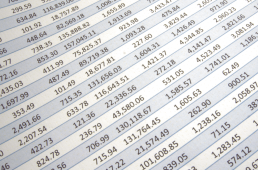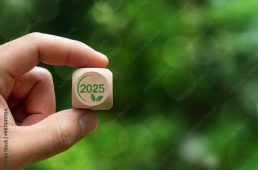As we have learned, water bills can become a significant portion of a family’s total monthly expenses, not to mention the effect of water wasting on the environment. That’s why water saving is an opportunity to save money while protecting our environment.
Saving money on your water bills should take into consideration two things:
- how to make sure you are paying the lowest rates possible
- how to prevent water wasting
Here are a few tips for monitoring and controlling your water bills, that can help you pay lower rates:
- Make sure your water bill is calculated properly
note that a water bill is calculated, based on the number of residents in your household. Every resident is entitled to consume 3.5 cubic meters of water per month at a discounted rate. Any consumption above the amount of 3.5 cubic meters per person will be charged at a higher rate. Therefore, the first thing to do would be to check with the local water corporation that the number of residents reported for your household is up to date.
- check if you are entitled to special discounts on water bills
In recent years, various sectors that were found to have difficulties with incresing water expenses were given some significant discounts on water bills.
It is therefore recommended to clarify with the local water corporation if you are entitled to these discounts.
As far as preventing water waste, here are a few recommendations:
- Learn to understand where the water flows
According to the Water Authority , daily water consumption is distributed as follows:
Toilet flushing – 55-60 liters (35%).
Bathing – 55-60 liters (35%).
Drinking, cooking and washing dishes – 30 liters (20%).
Laundry and cleaning – 8 liters (5%).
Gardening – 8 liters (5%).
2. Install sparing devices in sinks, showers and common faucets
A sparing device is a device installed on water pipe openings that regulates and reduces water consumption. The reduction does not impair the water flow, only reduces water consumption, saving about a third of the average daily consumption.
3. use your washing machine and dishwasher wisely
- Choose a suitable plan according to the type of laundry/dishes
- The washing machine/dishwasher should be operated at maximum capacity according to the washing plan.
4. Check for leaks
A leak of a drop per second wastes tens of liters a month. Places prone to leakage are gardens and toilets (into the toilet itself). To detect and treat leaks, the following measures are recommended:
- Close all faucets in the house and garden and check your water meter. If you detect a movement on your water meter, it means that there is a leak. A leak from a faucet can most often be solved by replacing a rubber band.
- To check for toilet leaks: Place a piece of paper on the inner side of your toilet . If it gets wet, there is a leak. Also, check if there is a constant noise of water flow after flushing that also indicates a leak. A leak from the flush tank can usually be resolved by replacing the gasket at the bottom of the flush tank. In case of a leak that cannot be repaired on our own, it is recommended to call a professional.
5. Flush half a tank in the toilet when possible
Be sure to use the handle for half a container, usually this should be enough. You can also reduce the amount of water in the flush tank by filling the bottle with water, closing it with a cap and placing it in the container. Because of the volume taken up by the bottle, there is less water in the container. In addition, you can reduce the amount of water by partially closing the internal tap inside the tank.
Other ways to save water
- You can leave a tub in the kitchen sink and whenever you wash dishes or even drink water, the water will be kept in the tub and you can use it to water the garden.
- You can collect the running water in a bucket while waiting for the water to heat in the shower. They can be used for washing, watering and more.
- When possible, close the faucets during use. For example, when brushing your teeth, soaping in the shower or washing dishes.
- Utilization of air conditioner water: Water coming out of the air conditioner can be used for garden watering, floor washing, car washing and ironing. It should be noted though that it is distilled water and therefore forbidden for drinking.
- Wash your car with a bucket and rag, not a hose.
- Water the garden at night and early in the morning, when the level of evaporation is low. This will consume less water and streamline irrigation. Prefer planting plants that do not require much watering, use a drip instead of a hose to water potted plants.Check the possibility of placing synthetic grass instead of regular grass that is known to consume large amounts of water.
In conclusion: significant savings on water consumption and water bills is very much possible and can be achived by applying a few simple measures. It’s good for you, good for your bank account and good for the environment.



